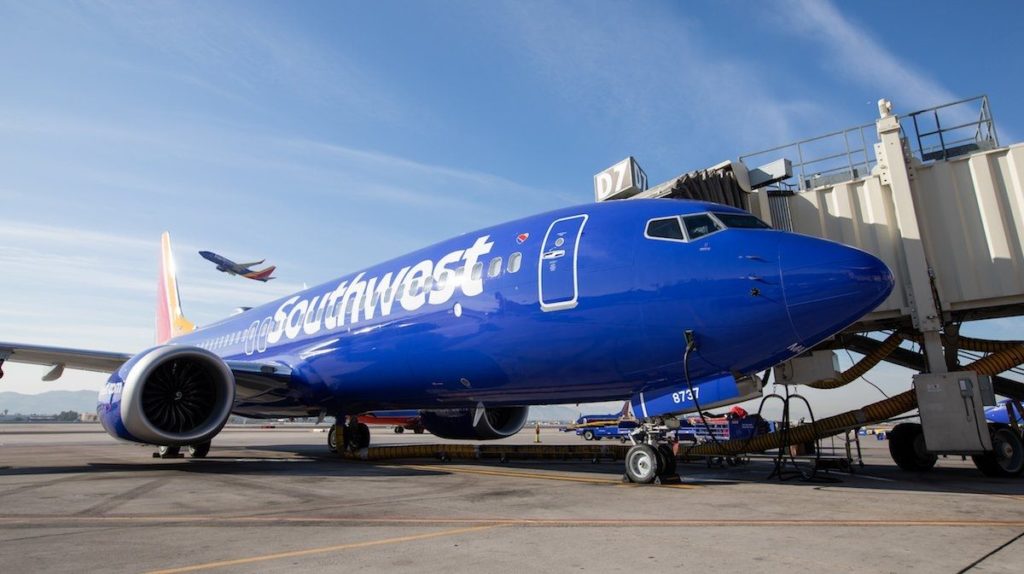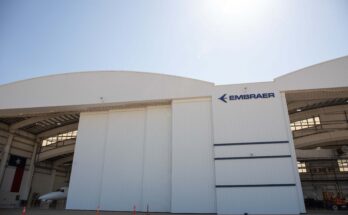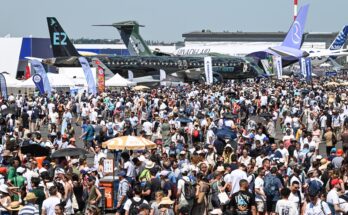
A Southwest Airlines Boeing 737-800 flying from Denver to Houston (flight WN3695) encountered an issue with one of its engine nacelles shortly after takeoff and had to return to Denver International Airport.
Air traffic control recordings indicate the pilots reported a loud noise and requested to level off at 10,000 feet to investigate. Passengers and flight attendants reportedly heard the noise as well. Photos taken by passengers suggest the right engine’s cowl doors, which are the outer coverings, detached during takeoff.
Despite the missing cowl door, the pilots reported the plane was flying normally. However, they opted for a safe landing due to the seriousness of the situation. The crew requested a different runway for landing due to strong winds and their inability to slow down sufficiently for the originally planned runway. The plane landed safely on runway 34L approximately 25 minutes after takeoff.
The cause of the cowl detachment is still under investigation. Cowl loss incidents are not uncommon and are frequently caused by improperly secured latches. As a safety precaution, some airlines use brightly colored cowls and special keys that cannot be removed unless the cowl is properly locked.
A lifelong aviation enthusiast, Douglas Royce is currently co-editor of four of Forecast International's Market Intelligence Services: Civil Aircraft Forecast, Military Aircraft Forecast, Rotorcraft Forecast, and Aviation Gas Turbine Forecast. As such, he plays a key role in many important projects that involve market sizing and forecasting for various segments of the world aerospace industry, as well as demand for related systems.




